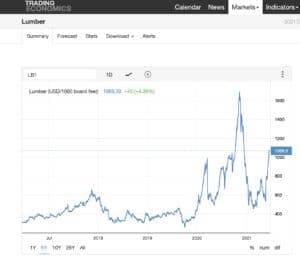The National Park Service has released a report on the recent fires in giant sequoia groves. Long report — I’ll post onlt the discussion section here, for its conclusions about the efficacy of fuels treatments and Rx fire, and the need for more treatments.
DISCUSSION
Overall, the KNP Complex and Windy Fires burned all or portions of twenty-eight sequoia groves, burning a total of 6,109 grove acres out of an estimated ~28,000 grove acres rangewide. Although much of this acreage burned at undetected change to low severity (3,905 acres) and is expected to have beneficial effects on grove ecosystem functioning, a total of 2,204 acres burned at moderate to high severity. In previous recent wildfires that burned at moderate to high severity we have seen significant mortality of large giant sequoias (Shive et al., in review). For these two 2021 fires our preliminary estimates (based on mortality rates from these previous field surveys combined with severity mapping for these two fires) suggest a potential loss of giant sequoias over four feet in diameter between 2,261 and 3,637 large giant sequoias. These estimates need to be updated by field surveys in coming years to document the full impact of these fires. Current maps of fire severity and estimated losses from this report can be used to stratify field survey efforts across severity and anticipated mortality.
The findings in this report indicate that wildfires that burn under conditions that result in high to moderate severity fire effects are a significant threat to the persistence of large sequoias. Fires burning with large areas of high severity is a dramatic change from historic fire patterns. Data from previous prescribed burns, wildfires, and tree-rings indicate that prior to the impacts of climate change and fire exclusion, large numbers of large giant sequoias were not killed during fire events (Stephenson 1996).
Our analysis of the KNP Complex, as well as the Windy Fire Burned Area Emergency Response report, indicate that prescribed fire and thinning treatments can reduce fire severity and provide fire fighters with opportunities to safely control and manage wildfires in some locations under some conditions during wildfire events. These treatments may not be effective under all wildfire conditions but did appear to positively affect fire behavior and allow fire suppression in Giant Forest and other groves impacted by these fires.
The mortality values within this report are estimates of potential mortality. The mortality rates used for moderate severity fires do not reflect the highest mortality rate measured in post-fire sequoia groves (45% in Save the Redwoods League data for Nelder Grove) because we wanted to be conservative in our estimates. Moderate severity areas in particular should be tracked over time to assess how these rates vary by location over time.
The KNP Complex BAER report suggests a potential management action of replanting giant sequoias in high severity areas greater than 100 meters distant from intact sequoia grove areas. While planting of giant sequoias as part of reforestation, restoration, and plantation forestry has been done successfully in California (see project descriptions from Sierra Pacific Industries at https://spi-ind.com/ and Fahey et al. 2012 and references therein), evaluating whether post-fire seedling densities are sufficient to restore giant sequoias to burned areas should be done prior to moving ahead with active reforestation. In addition, areas proposed for reforestation should be evaluated for their potential to persist under a changing climate. The National Park Service memo regarding climate change adaptation and the framework focusing on Resist, Accept, Direct (NPS 2012) and the USFS General Technical Report 270 (Meyer et al 2021) are useful frameworks for evaluating restoration areas within a climate change context.
Finally, these ecosystems will continue to see wildfire. Grove areas that were in the fire perimeters but that had very little or no wildfire (“undetected change”) may still be at risk of severe fire in the immediate future. In areas where surface fuels were removed and tree densities were reduced, reburning is unlikely for ~10 years, giving ample opportunity to plan for the next wildfire or prescribed burn. Although reburning at low severity would be desirable, high severity reburns are of concern. Many past high severity burn areas in mixed conifer forests, which are a similar fuel type, have reburned severely due to the high fuel loads created by dense fire-killed trees that eventually fall to the surface, and vigorously regenerating shrubs (Coppoletta et al., 2016; van Wagtendonk, 2012). The potential for reburning at high severity in sequoia groves should be a priority for field investigation and where such an outcome seems likely, these areas should be targeted for fuel reduction work.

